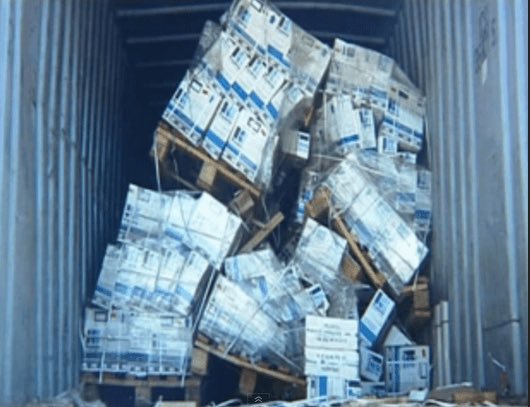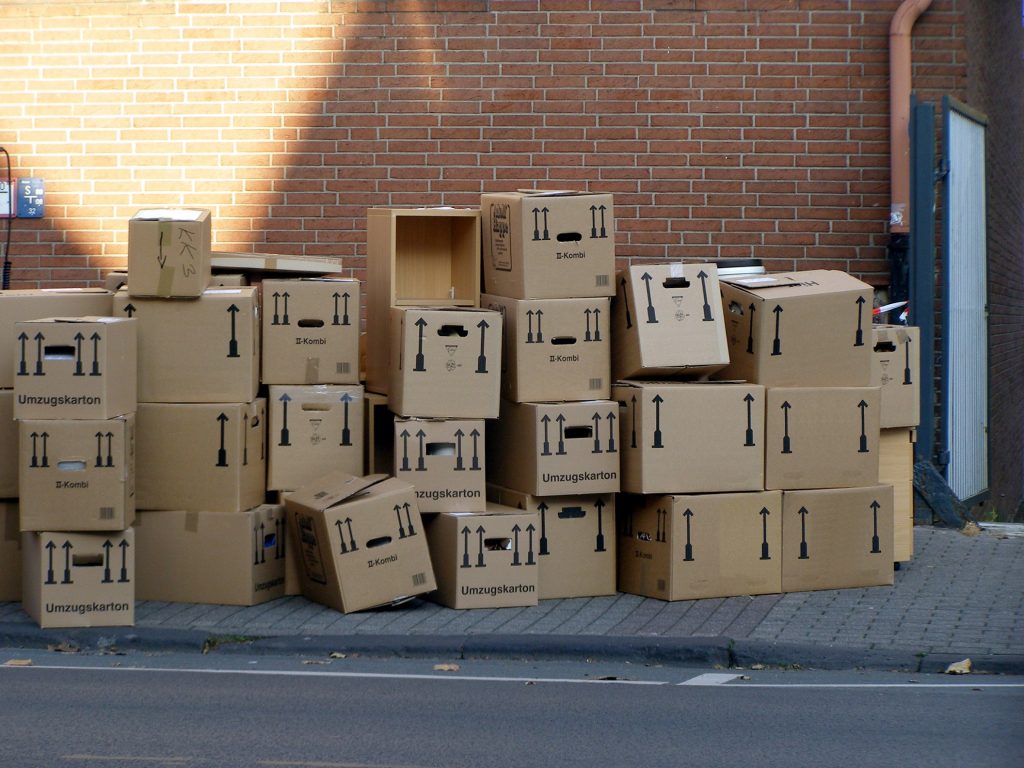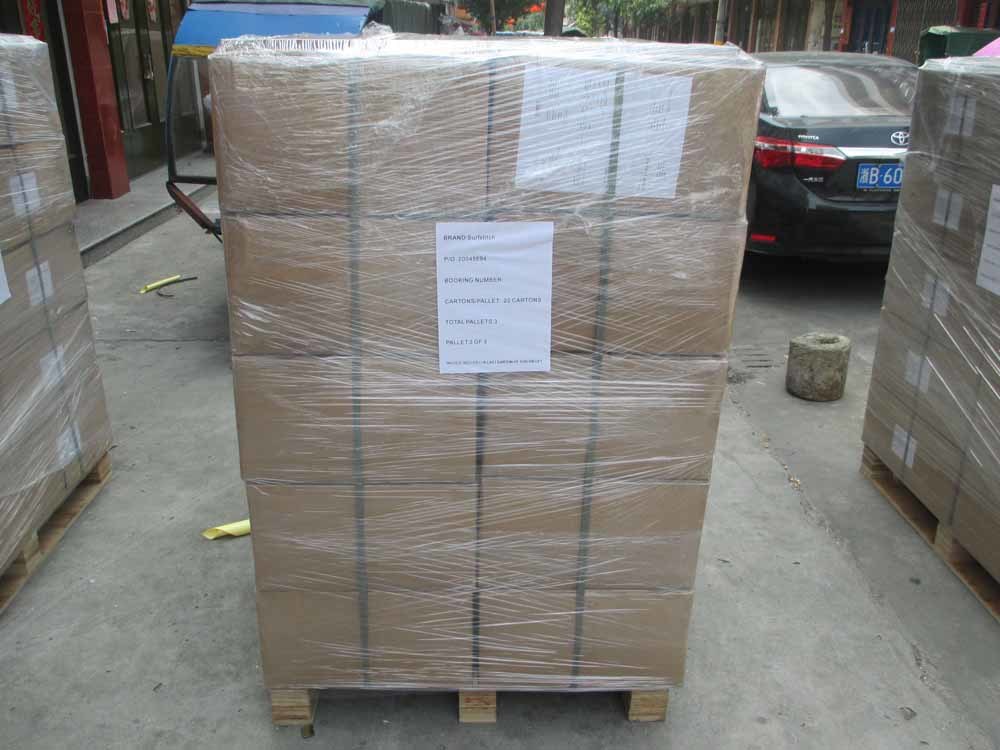
The Different Types of Freight Claims
In logistics, freight claims can occur between the carrier and customer from time-to-time, but what is a freight claim? A freight claim is defined as a legal demand by a shipper or consignee to a carrier for financial reimbursement for a loss or damage of a shipment. Freight claims are also known as shipping claims, cargo claims, transportation claims or loss and damage claims.
Typically, there are four common types of freight claims that you will encounter in the industry. Damage, loss, shortage, and concealed damage or shortage are the common claims that can occur in logistics. Here’s a more in-depth look at each type of freight claim.
Damage: This is the most common occurrence and also the most self-explanatory. When product comes into the receiver and shows damage that previously wasn’t there when the product shipped, you may have a damage claim. This type of claim can happen for various reasons whether the carrier didn’t properly secure the freight in transit or the trailer had debris in it from a previous shipment. In order to claim damage, the freight must be visibly damaged on arrival and notated on the proof of delivery document.

An example of a damage claim.
Loss: This type of claim happens when product that was loaded onto the carrier doesn’t make it to the receiver. It’s easy to make this claim official when you have proper documentation and the original bill of lading. With proof that the carrier was shipped with the product, and no copy of a proof of a delivery document ever signed, it’s an easy claim to prove. Keeping the proper documentation and accurate records of what is shipped in-and-out of a facility keeps the loss claim an open-and-shut case.

An example of a loss claim.
Shortage: Human-error can occur in logistics, and when the bill of lading has errors on it with the total number of pallets, the shortage claim is a possibility. In order to file this claim, the original bill of lading that was used to pick up the freight must have the total number of pallets, sacks, or pieces of product that was shipped with the carrier. Accuracy is key in this claim, knowing the exact count for your product being shipped and whether that number made it to the receiver is essential in filing a shortage claim.

An example of a shortage claim.
Concealed Damage or Shortage: This claim can be tricky to spot at first as the product that is damaged is under shrink wrap, boxes or covering. When receiving freight, always make sure to check what you are receiving on the bill of lading. Are you receiving product in boxes? Shrink wrapped pallets? Make sure you carefully inspect the freight upon receiving it before signing the proof of delivery. Better to be safe than sorry when inspecting freight that is received because if you catch it, you could get back the entire amount of value from the freight, but if you don’t, you’ll have a hard time proving that the carrier damaged it or the value you receive for your claim could be as little as one-third of the value.

An example of a concealed shortage or concealed damage claim.
Help better protect yourself against claims by always inspecting the accuracy of the bill of lading, double-checking for damages or shortages when receiving freight and having a trusted carrier or broker for your shipping needs. While freight claims occur between carriers and customers and not the broker, Ally Logistics can still help insure that claims are reduced to a minimum. We offer high-end cargo insurance and can provide additional coverage to your shipments. If you’d like additional coverage on your freight reach out to Ally Logistics and give us a call at 888-466-1024.